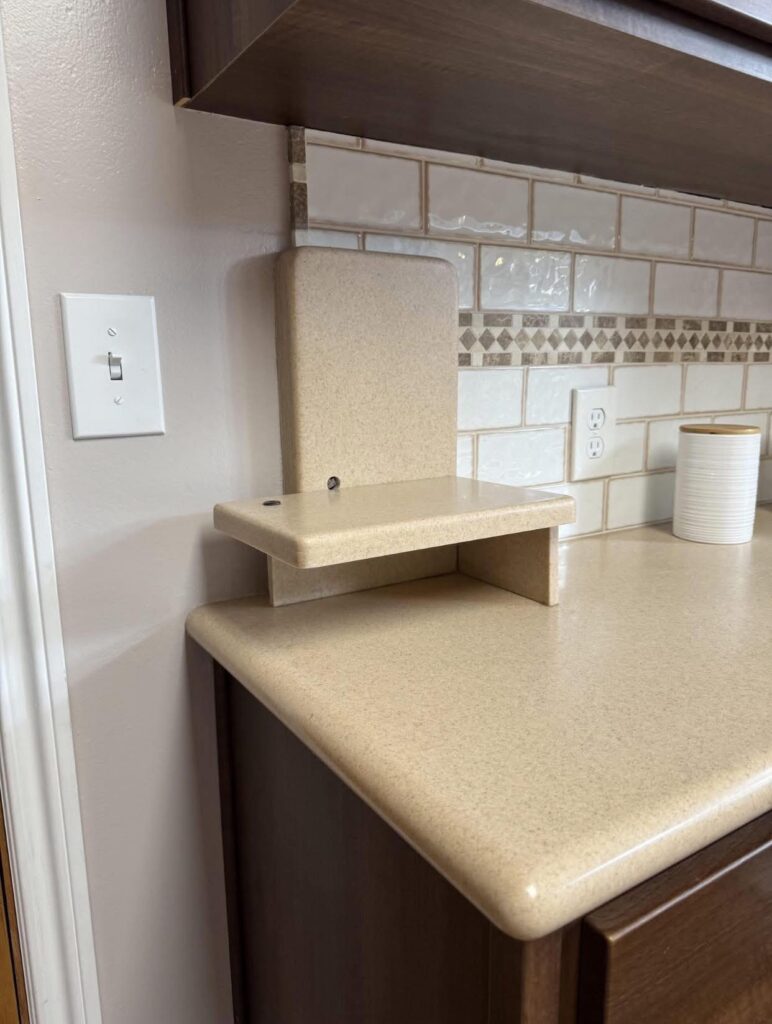While checking out a house recently, I spotted a small, odd shelf in the kitchen. It matched the countertop but was too tiny and high up to be useful. Then it clicked—it was a kitchen phone shelf! I hadn’t seen one in ages, and suddenly, memories flooded back. I could hear my mom shouting, “Get off the phone!” and my dad muttering about the phone bill. I pictured myself sprawled on the floor, stretching the phone cord to chat with friends for hours.
That little shelf wasn’t just for holding a phone—it was the heart of our home’s communication. Ours sat by the stove, cradling a clunky black phone with big buttons and a long, tangled cord. Below it was a worn phone book, stuffed with notes and doodles. I’d flip through it for prank calls until caller ID spoiled the fun. A pen on a string and a notepad hung nearby, scribbled with reminders like “Call Grandma” or “Buy bread.” My sister once drew a smiley face on it, and that sketch stayed there for years.
The shelf was like a quiet observer of our lives, catching snippets of gossip, weekend plans, and family news. I’d sit by it, scribbling notes or yelling for someone to grab the phone. It wasn’t fancy, but it kept our chunky phone in the kitchen’s center, easy for everyone to reach. It made talking feel special and connected. Then cordless phones arrived, followed by mobiles and smartphones. The kitchen phone shelf became useless, left to gather dust or repurposed for keys.
I wouldn’t put one in my kitchen today, but seeing one sparks a warm memory. It might hold a plant now, but I know its true purpose. That shelf was where life happened—quick calls, long chats, and notes jotted down during dinner prep. It tied our family together. In a world of texts and instant messages, the phone shelf feels like a relic from a cozier time when phones were shared and talking took time.
Next time you spot a kitchen phone shelf, pause and think. It wasn’t just a place for a phone—it held the rhythm of family life, full of stories and connection. That small shelf carries big memories, reminding us of a simpler, more personal way to stay close.


